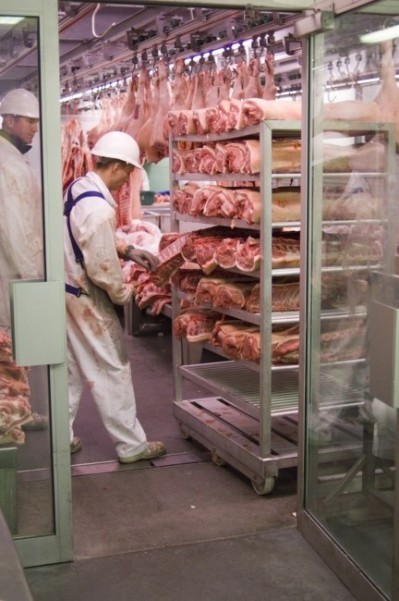Scottish red meat industry generates record £2.1bn

Its Scottish Red Meat Industry Profile revealed a 10% increase on the previous year, as the red meat farming and processing sectors boosted their economic output.
But it was a year of mixed fortunes for both processors and farmers, said the organisation. While beef and lamb producers benefited from stronger prices, pig farmers saw production costs rise more than returns and processors also felt increased pressure on their margins.
Stuart Ashworth, head of economics services QMS, said: “Tight supplies globally led to strong livestock prices during 2011 and this generated increased confidence in the cattle and sheep sectors.
“However, this confidence failed to materialise into greater stock numbers as producers took high prices as an incentive to cull their least productive breeding animals.”
Confidence
The Scottish suckler herd numbers fell for the first time in four years last year. At 522,000 head it was 2.5% smaller than in 2010.
The breeding ewe flock fell by 1.7% to less than 2.8M head.
The sow herd tumbled by nearly 14% to 32,200 head, as producers grappled with rising input costs and prices below 2009 levels.
Ashworth predicted it would be another year before increased confidence was reflected in rising breeding stock populations.
“In the throes of a weak economy generally the processing sector struggled to pass on the increased cost of sourcing livestock,” said Ashworth. “While strong demand for beef and pork facilitated an upwards movement in retail prices during the summer months, consumption fell back towards the end of the year as prices were perceived by many consumers to have reached prohibitive levels.
“For lamb this was true for much of the year as it had already become an expensive protein and so further price increases stifled consumption. Indeed lamb retail prices grew 21% year-on-year, having already been viewed expensive relative to other proteins.”
Processors
While processors were shielded by strong overseas demand, helped by a weaker Sterling exchange rate fuelling the export trade, many felt increased pressure on margins, he added. Rising costs, including energy and distribution, were continuing to squeeze margins.
“However, on the upside, the export trade was buoyant and presented some new opportunities to achieve improved carcase balance, while input costs began to ease towards the end of the year,” he added.
The £2.1bn contribution excludes subsidy payments and further processing.
The rearing of beef cattle sheep and pigs, excluding meat processing, was responsible for 27,000 jobs in Scotland.
Click here to read full report.
Earlier this year, Scottish food and drink exports were predicted to reach £12.5bn within the next five years. To read the full story, click here.

















